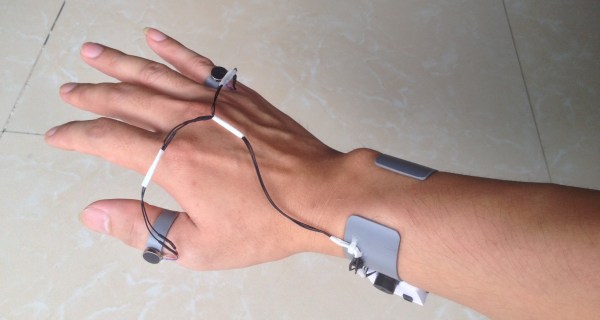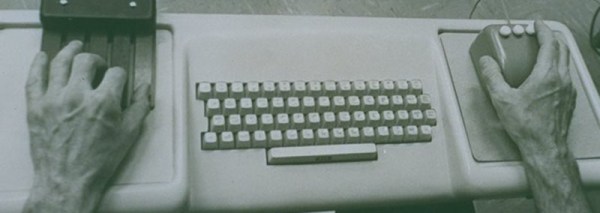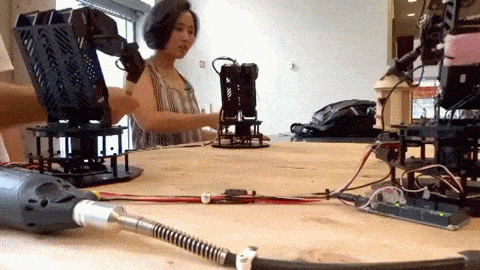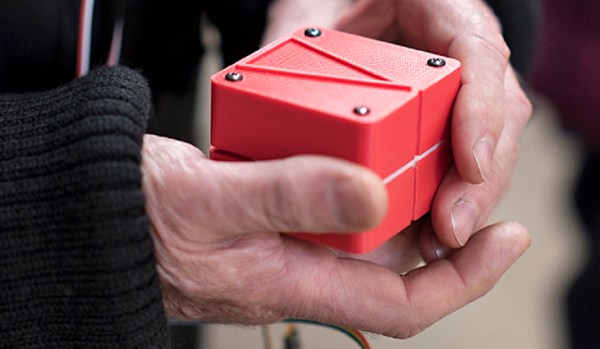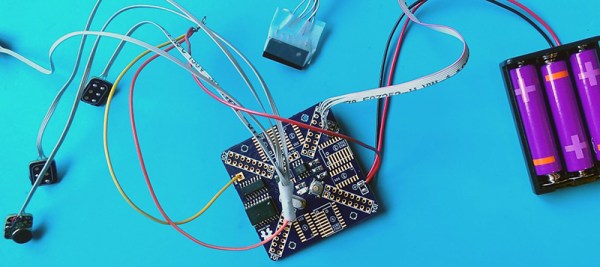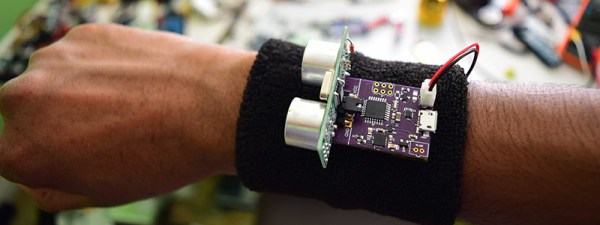If you are blind or your vision is impaired, moving around in a new space can be a harrowing experience. A cane helps, but only samples one point at a time, and can’t help that much above a certain height. The Digital White Cane is a haptic feedback device that uses Time of Flight components to detect surrounding objects.
The Digital White Cane uses a type of LIDAR known as Time of Flight (ToF) sensing. Rather than a point by point scan by a laser, ToF sensors capture an entire scene with each pulse. These sensors are actually somewhat new and designed for the latest generation of robotics and hand detection for soap dispensers. The good news is that they’re small and cheap, just what you want for a wearable.
The sensors allow detection of objects within 2m (about 6 feet) from all directions. Haptic feedback allows the wearer to determine where the object is around the wearer. Because it’s head-mounted, it detects objects at head height as well as floor height. A Teensy LC is used as the main processor and is connected to the ToF sensors as well as small motor board for the haptic feedback.
This project has a lot of potential to help people with vision impairment and is a great entry into the 2017 Hackaday Prize. Check out the video after the break to see it in action. If you’re looking for some more applications of this small, cheap ToF sensor, check out this cat food dispenser, and here’s a ball-balancing robot – both pretty cool projects in their own right.


